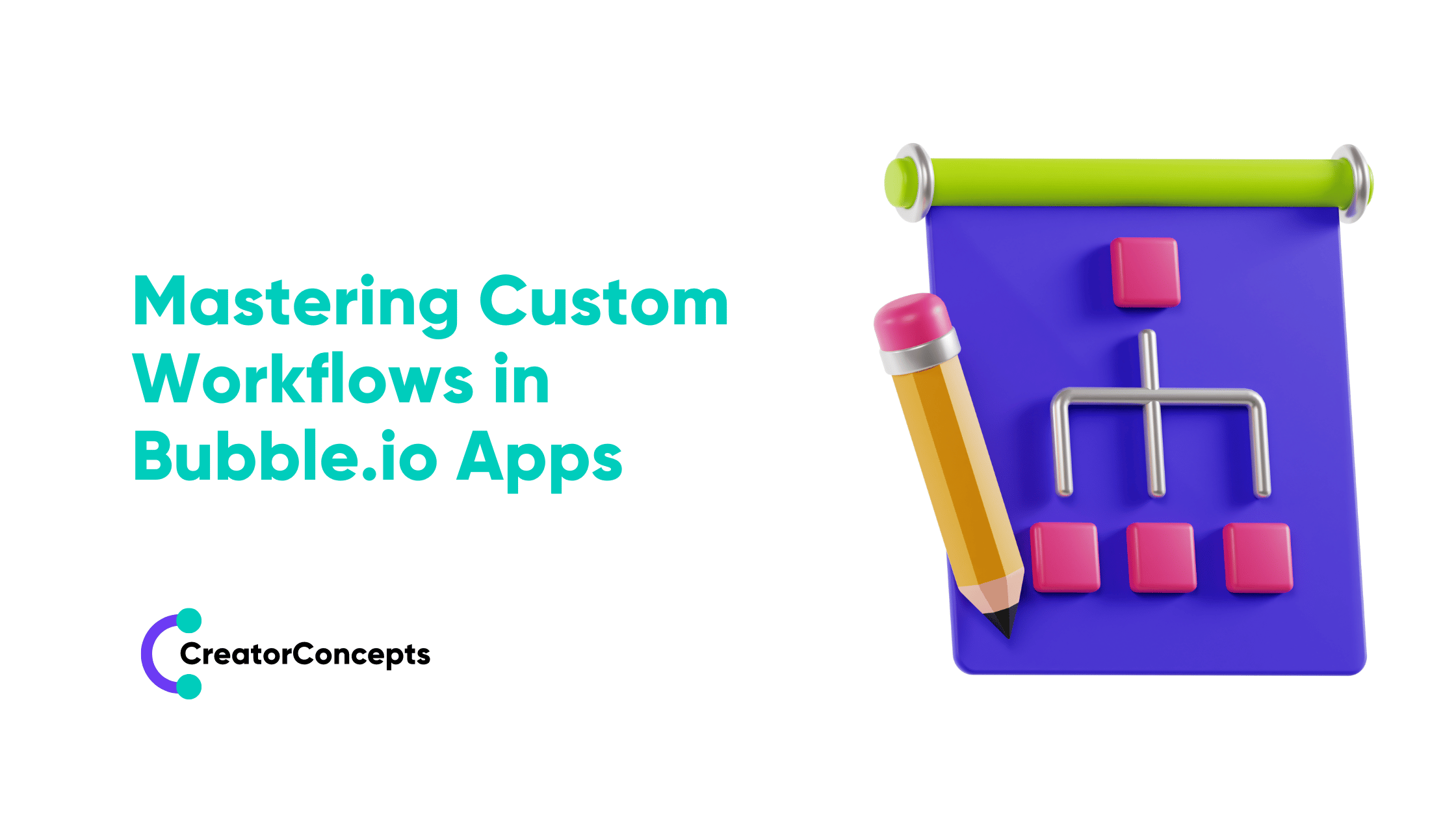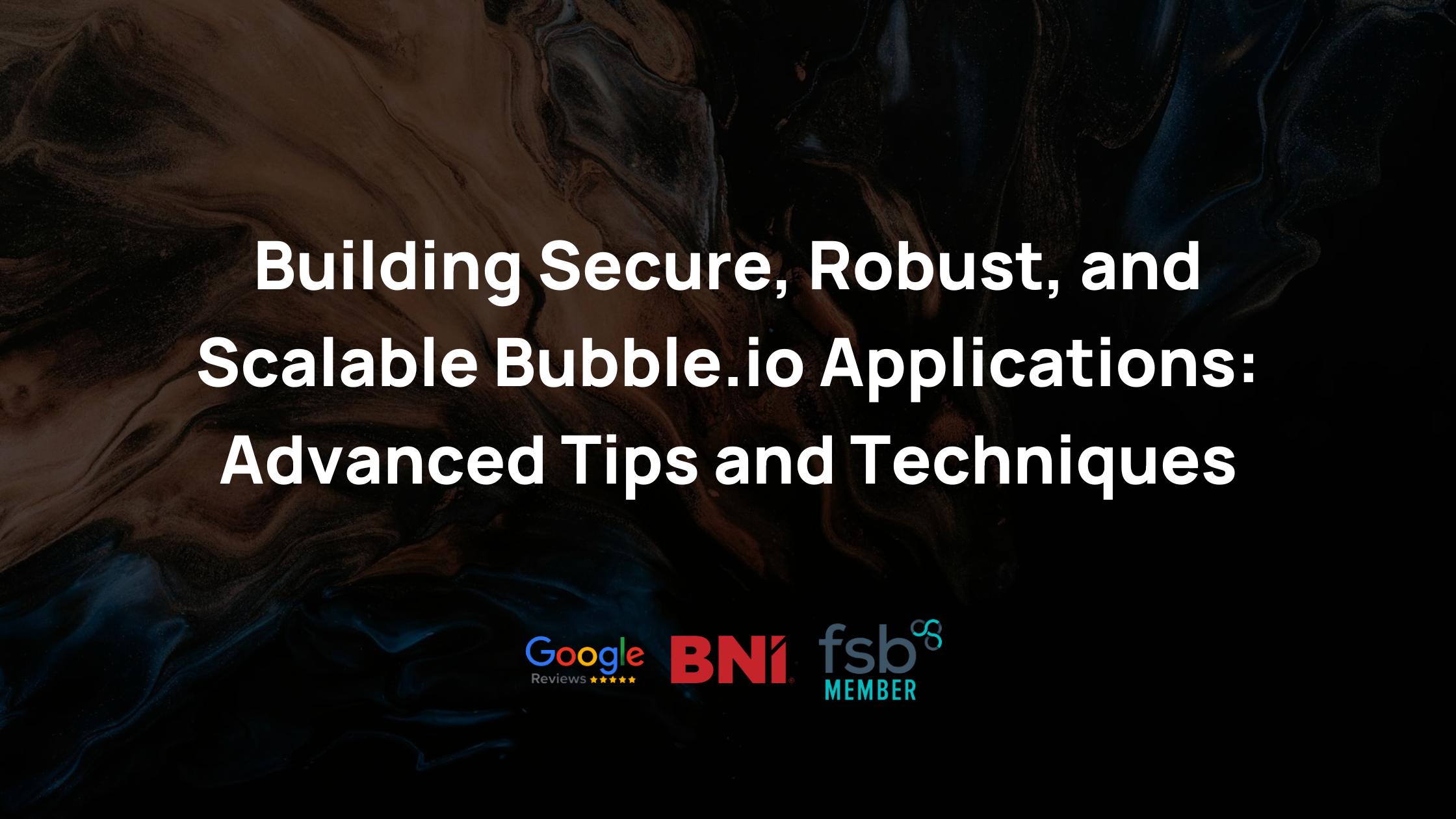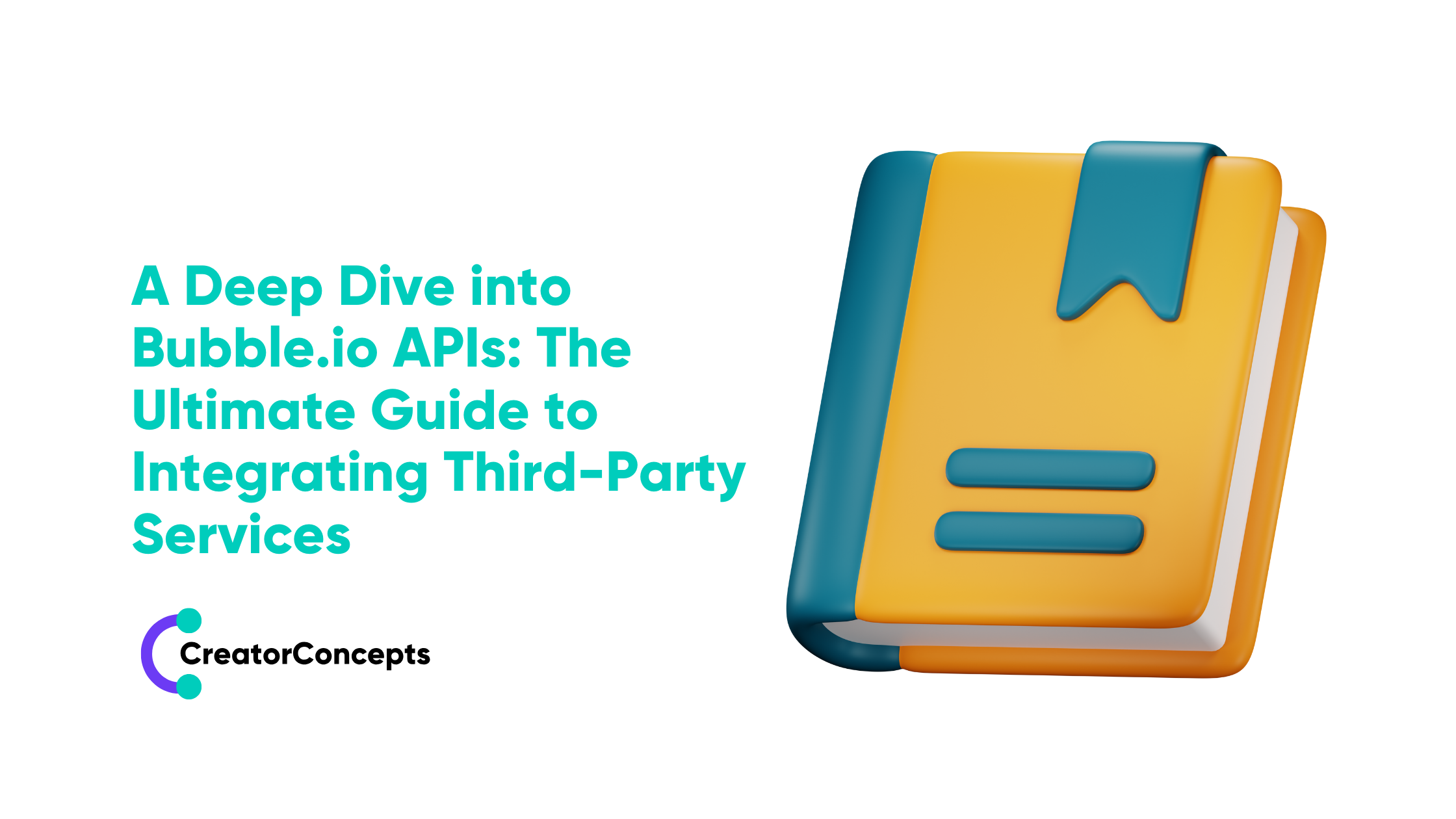Bubble.io's Visual Programming: Workflows & Actions
Creating fully functional web applications is difficult. Full stop. But, with Bubble, that just got a whole lot easier, even if you lack coding knowledge and experience.
Bubble.io lets users create fully functional web applications without the need for coding experience using a visual programming approach.
However, you'll encounter unfamiliar terms when using this platform, like other new things. Although workflows and actions may seem obvious, you should still know their exact definitions.
If you're serious about learning this new platform, we'll explain how to create custom workflows with Bubble.io's visual programming.
What Are Workflows in Bubble.io?
Creating Bubble.io apps involves using workflows, which consist of actions triggered by certain events like a button click or someone meeting a specific condition.
Workflows act as a framework to organise these actions and don't have any functionality.
How Does an Event Differ from a Workflow?
An event is a specific action that initiates the workflow to begin processing. It can be any action you set up, like clicking a button or changing an input value.
Once you trigger that event, the workflow will execute all its associated activities. Therefore, a workflow is a combination of events that triggers a series of actions you should perform.
What Are Actions in Bubble.io?
An action is a specific task or activity added to a workflow. You can execute it on the server side, like modifying data in a database or on the client side, like displaying or hiding elements and animations. Typically, the program chronologically executes the actions you added to the workflow.
Do Actions Run in the Order You Put Them in the Workflow?
Although activities in Bubble.io run sequentially, some developers may be uncertain when they don't follow this pattern.
Bubble.io sometimes changes the sequence of actions, usually for performance reasons.
Although it's not usually an issue, there are times when you want to maintain complete control over the order of steps. You can ensure this by remembering and following some implemented guidelines.
Scheduling API Workflows
Bubble.io executes application programming interfaces (API) workflows immediately, irrespective of their order in the series.
Whenever possible, users merge alterations to an object's actions into one to prevent sending multiple requests to the server.
How to Force the Actions to Run in the Intended Sequence
You can ensure workflow runs in the intended sequence of the updated data's availability by using the Result of Step X operator, Custom Events, or placing Schedule API Workflow inside a Custom Event.
Where Do the Bubble.io Engines Work?
The Bubble engine works in two locations: your web browser (on your device) and Bubble's server.
These two engines work together to make Bubble applications function smoothly by communicating with each other.
Server-Side vs Client-Side Actions: What's the Difference?
Client-side actions happen on your device without communicating with the Bubble server.
They're the things occurring on the page, and the platform can do it quickly since they don't require information exchange with the server.
On the other hand, server-side actions involve API calls to the Bubble.io server.
Conclusion
Bubble lets you create essential web applications, but you must also know how actions and events work on this platform. You can maximise your time by educating yourself and hiring a professional Bubble developer.
If you need an experienced Bubble developer in London, contact CreatorConcepts Limited! We create fantastic digital experiences to help you launch a production-ready app. Book a call now!
 By
By


